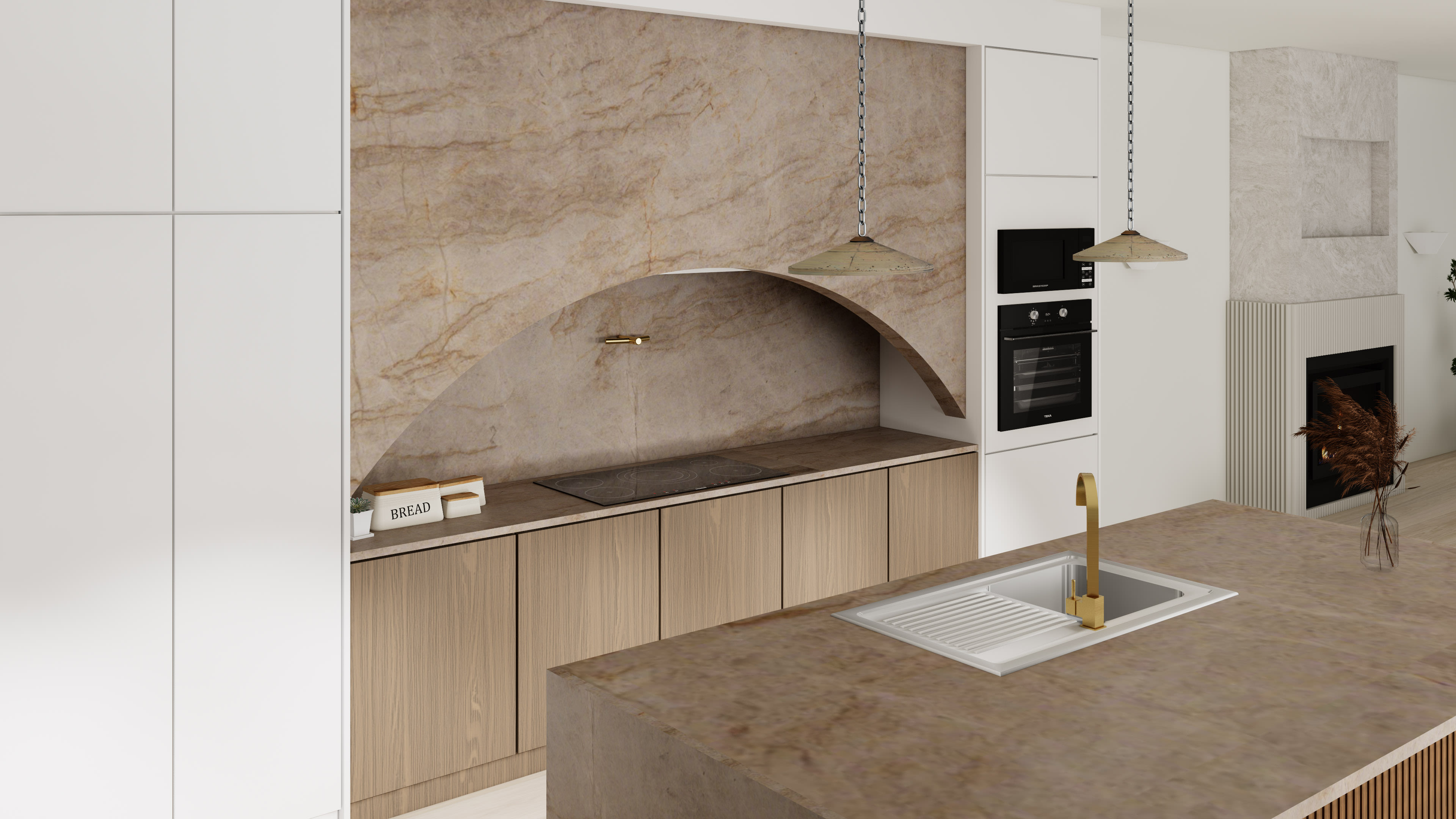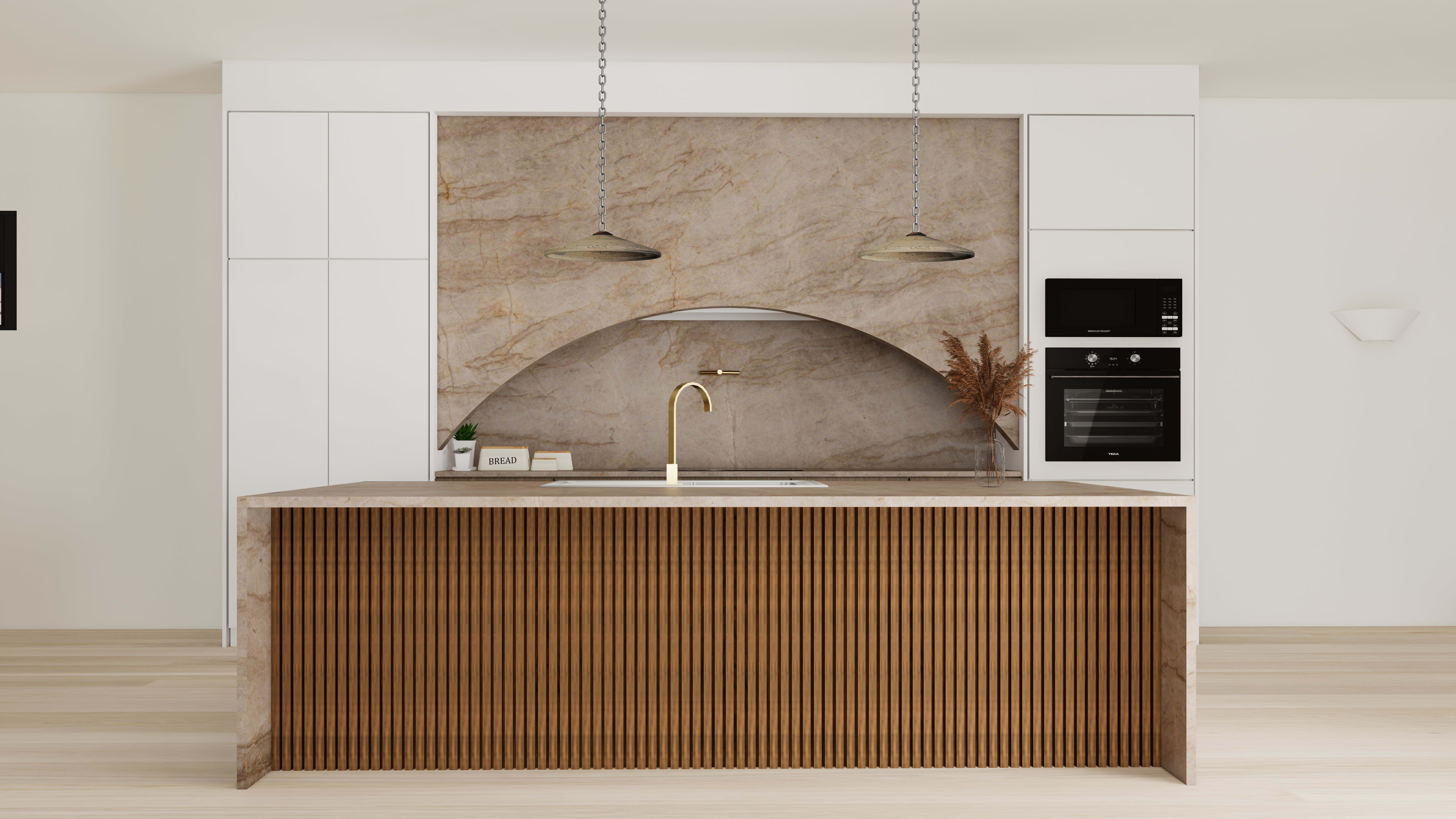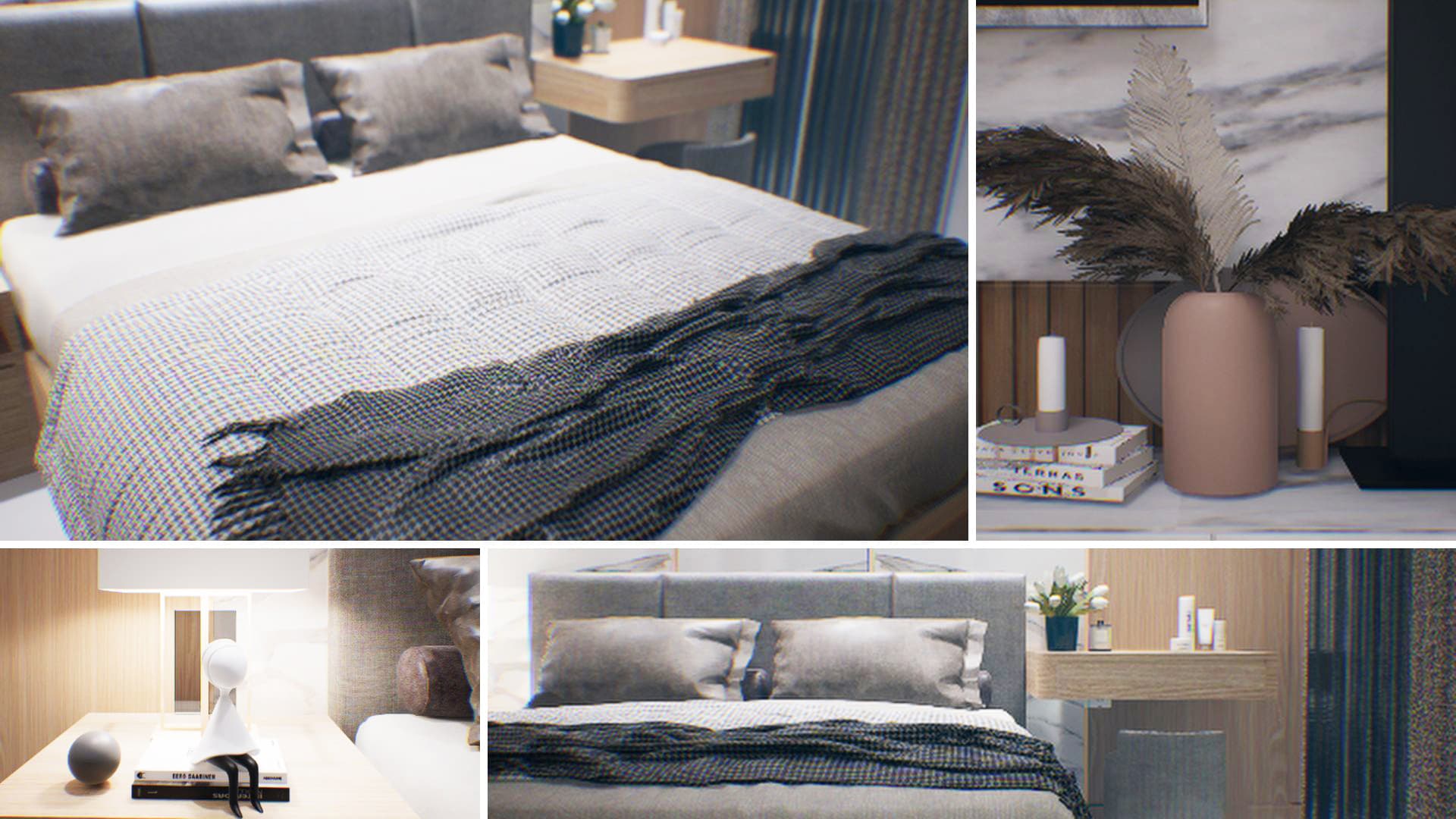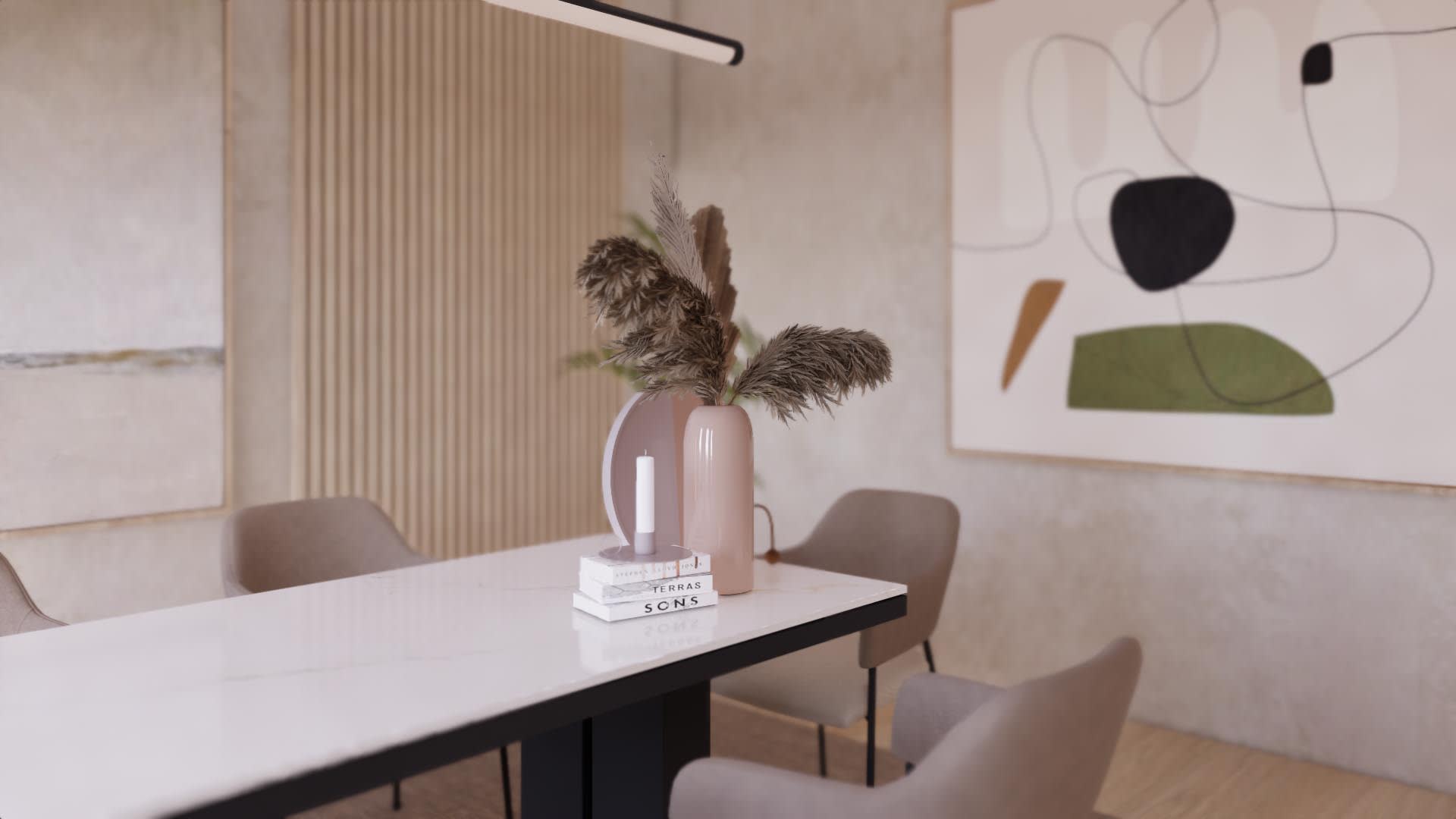Blogs
Scandinavian style-Interior design
February 20, 2025

Origin
Scandinavian fashion, regularly alluded to as “Scandi” plan, started in the Nordic nations of Denmark, Sweden, and Norway. Its roots can be followed back to the early 20th century, with noteworthy advancement amid the 1950s and 1960s.
This plan development is characterized by effortlessness, usefulness, and moderation. It frequently highlights clean lines, common materials, and a center on making a sense of light and space. Key components incorporate light, impartial color palettes, common wood, and a mix of frame and function.
The fashion was impacted by prior developments like the Expressions and Makes development and Bauhaus, and was formed by the Nordic countries’ social accentuation on common sense and quality of life. It picked up worldwide acknowledgment through compelling architects such as Alvar Aalto, Arne Jacobsen, and Hans Wegner. Their work made a difference set up Scandinavian plan as a critical and powerful development in advanced insides plan and furniture.
History
The history of Scandinavian plan is a intriguing travel through social, financial, and stylish shifts in Denmark, Sweden, and Norway. Here’s a wide diagram of its development:
Early Influences
19th Century: Expressions and Creates Movement
Predecessors: The Scandinavian plan ethos was impacted by the Expressions and Makes development, which emphasized handcrafted quality and usefulness. This development, starting in the UK, highlighted the esteem of conventional craftsmanship, a guideline that reverberated with Scandinavian artisans.
The Early 20th Century
1900s – 1920s: National Romanticism
Roots: The early 20th century saw a rise in National Sentimentalism, where Scandinavian architects looked for to make a particular fashion that reflected their social legacy. This period was characterized by a restoration of conventional creates and fables, affecting early Scandinavian design.
1920s – 1930s: Functionalism and Modernism
Modernist Impact: As pioneer thoughts took hold, Scandinavian creators started to center on usefulness and straightforwardness. Functionalism, a plan reasoning that prioritizes utility, got to be noticeable, adjusting with the innovator accentuation on clean lines and negligible ornamentation.
The 1950s and 1960s: The Brilliant Age
Post-War Time: Worldwide Recognition
Scandinavian Plan Development: After World War II, Scandinavian plan developed on the worldwide arrange. The 1950s and 1960s are regularly considered the brilliant age of Scandinavian plan, stamped by the work of persuasive originators like Arne Jacobsen, Hans Wegner, and Alvar Aalto.
Key Characteristics: This period cemented the standards of Scandinavian plan: moderation, usefulness, and a center on making comfortable and stylishly satisfying situations. The utilize of characteristic materials, basic shapes, and a impartial color palette got to be trademarks of the style.
Late 20th Century to Present
1970s – 1980s: Advancing Trends
Adaptation: As the 1970s and 1980s advanced, Scandinavian plan started to adjust to changing tastes and mechanical progressions. Whereas keeping up its center standards, it consolidated modern materials and methods, reflecting broader patterns in design.
1990s – 2000s: Worldwide Influence
Worldwide Request: By the late 20th and early 21st centuries, Scandinavian plan had picked up worldwide acknowledgment for its common sense and tasteful request. It affected different plan areas, counting design, add, and item design.
Contemporary Patterns: Feasible Design
Modern Adjustments: Nowadays, Scandinavian plan proceeds to advance, with a solid center on supportability and eco-friendly hones. The standards of straightforwardness and usefulness stay central, but there is an expanding accentuation on natural obligation and innovation.
Key Creators and Influences
Arne Jacobsen: Known for notorious furniture pieces like the Egg Chair and the Swan Chair.
Hans Wegner: Celebrated for his mind blowing wooden furniture plans, counting the Wishbone Chair.
Alvar Aalto: Famous for his natural, innovator furniture and engineering.

What is Scandinavian interior design ?
Scandinavian insides plan is known for its effortlessness, usefulness, and association to nature. Beginning from the Nordic nations (Denmark, Sweden, Norway, and Finland), this fashion emphasizes a clean and negligible stylish whereas making warm and welcoming spaces. Here are the key highlights of Scandinavian style:
- Moderate Aesthetic
Simplicity: Center on clean lines, uncluttered spaces, and utilitarian furniture. The plan dodges intemperate decoration.
Open Spaces: Accentuation on open, breezy formats that maximize characteristic light.
- Light and Unbiased Color Palette
Base Colors: Transcendently white, light grays, and beige. These colors make a sense of openness and brightness.
Accents: Periodic utilize of quieted tones like delicate blues or natural greens. Strong colors are utilized sparingly.
- Common Light
Large Windows: Maximizing normal light is vital, frequently through expansive windows or glass doors.
Light-Reflecting Surfaces: Utilize of intelligent surfaces like light-colored wood and mirrors to improve brightness.
- Characteristic Materials
Wood: Light woods like pine or birch are commonly utilized for flooring, furniture, and accents.
Textiles: Delicate, characteristic materials such as fleece, material, and cotton are utilized for upholstery, carpets, and throws.
- Useful Furniture
Practical Plan: Furniture is outlined with common sense in intellect, frequently including clean lines and basic forms.
Multi-Use: Pieces that serve numerous purposes or offer capacity arrangements are favored.
- Cozy Elements
Layered Surfaces: Utilize of cozy materials like weave tosses, rich mats, and pads to make warmth.
Fireplaces: If conceivable, a central chimney or wood stove includes both usefulness and a cozy atmosphere.
- Straightforward, Exquisite Accessories
Minimal Stylistic layout: Beautifications are kept to a least, centering on quality over quantity.
Art: Inconspicuous work of art or enriching things that complement the generally color palette and design.
- Association to Nature
Indoor Plants: Consolidating plants to bring a touch of nature indoors.
Natural Materials: Utilize of materials that reflect the common environment, such as stone or wicker.
- Clean and Organized Spaces
Decluttered: Accentuation on keeping spaces clean and organized to keep up a peaceful environment.
Smart Capacity: Productive capacity arrangements to diminish clutter and keep up the moderate aesthetic.
- Scandinavian Plan Philosophy
Hygge: The Danish concept of coziness and satisfaction, regularly reflected in the consolation and warmth of the space.
Lagom: The Swedish guideline of “fair the right sum,” adjusting straightforwardness with consolation and functionality.
Scandinavian plan is acknowledged for its capacity to make quiet, utilitarian spaces that advance a calm and comfortable living environment. Its mix of moderation and warmth makes it a prevalent choice for advanced add.







